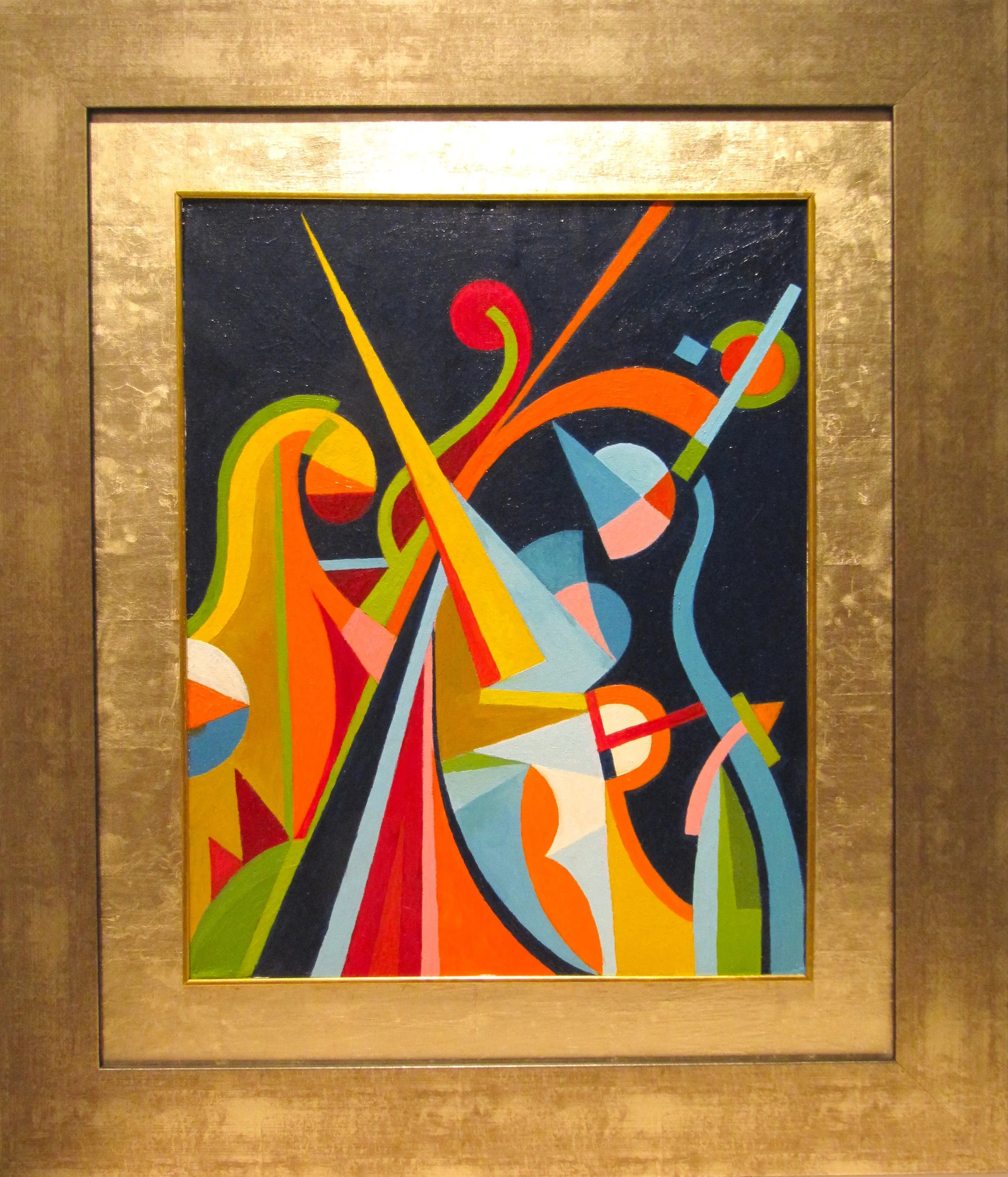









Your Custom Text Here
Born 1940, Rome, Italy
Giancarlo Impiglia’s paintings, sculptures, and assemblages are façades that point to society’s preoccupation with materialism, and hint at greater socio-political trends. Born in Rome, Impiglia studied at the Academy of Fine Arts before opening up a design studio and creating record covers and posters for many notable musicians. His participation in the arte povera movement in the ’60s saw the creation of his first “blue jeans” assemblages, which commented upon the globalizing effect of mass marketing. In the ’70s, Impiglia moved to New York and continued this series, which evolved into a stark critique of the Vietnam War. In the U.S., Impiglia developed his signature style on the shoulders of Futurism and Cubism, his classical education and technical skill underpinning his eclecticism. His eye for graphic design, meanwhile, never waned: in 1982 he created a poster for the UN’s March for Peace, now at the Victoria and Albert Museum, and in 1991 he created an ad for Absolut Vodka, part of the groundbreaking campaign that also featured work by Andy Warhol.
Born 1940, Rome, Italy
Giancarlo Impiglia’s paintings, sculptures, and assemblages are façades that point to society’s preoccupation with materialism, and hint at greater socio-political trends. Born in Rome, Impiglia studied at the Academy of Fine Arts before opening up a design studio and creating record covers and posters for many notable musicians. His participation in the arte povera movement in the ’60s saw the creation of his first “blue jeans” assemblages, which commented upon the globalizing effect of mass marketing. In the ’70s, Impiglia moved to New York and continued this series, which evolved into a stark critique of the Vietnam War. In the U.S., Impiglia developed his signature style on the shoulders of Futurism and Cubism, his classical education and technical skill underpinning his eclecticism. His eye for graphic design, meanwhile, never waned: in 1982 he created a poster for the UN’s March for Peace, now at the Victoria and Albert Museum, and in 1991 he created an ad for Absolut Vodka, part of the groundbreaking campaign that also featured work by Andy Warhol.